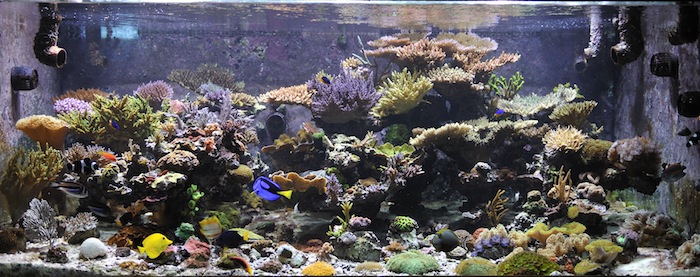"Kind of like science but not in your view"It may not be the best method but it is successful if you know how to use it. Such blanket statements are misleading. Humble Fish has developed a protocol for disease treatment using Hydrogen Peroxide. You can read about it on his site or here on R2R possibly.
I have used proper U.V. to great effect across many situations making the success repeatable. Kind of like science but not in your view. U.V. is used for water purification even at the municipal level in water treatment plants to prevent waterborne disease. But it does not work in aquariums? It does not work unless the proper system, prefiltration, and pump rate is correct. A large number of public aquariums use them to great effect. Same applies to Ozone injection.
Kind of anecdotal evidence in my view. Information from experiments is considered valid if the same results can be repeated each time the experiment is performed.




















